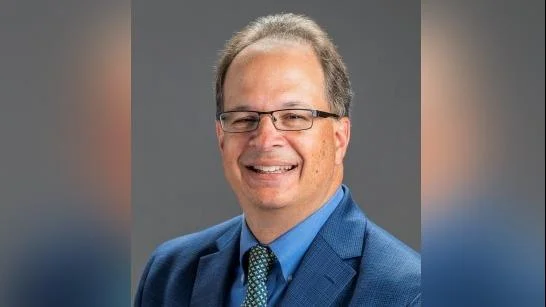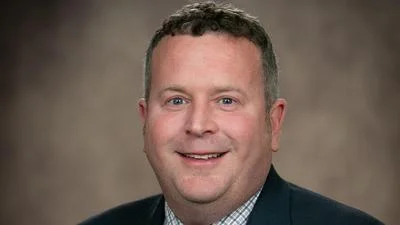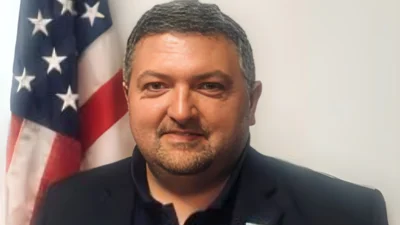Paul Arco Media Relations Coordinato | OSF HealthCare, Featured Stories, IL
Paul Arco Media Relations Coordinato | OSF HealthCare, Featured Stories, IL
A heart surgeon at OSF HealthCare Children’s Hospital of Illinois is developing a new approach to help children born with single ventricle congenital heart disease. This condition, which means a child has only one functioning heart ventricle, typically requires several surgeries. The final operation, known as the Fontan procedure, allows patients to survive into adulthood but relies on blood flowing passively to the lungs. Over time, this passive circulation can cause complications such as fatigue, liver problems, and eventually heart failure.
Dr. Harma Turbendian is leading research that could change how these patients are treated in the future. His work focuses on using living donor heart tissue to create a pumping mechanism for those who have undergone the Fontan procedure.
"There are a lot of people around the world trying to figure out instead of having the blood flow be passive, like after a Fontan procedure, can we put a pump in the area, and help kids with single ventricle congenital heart disease? And could this help mitigate the bad side effects of that type of physiology?" Dr. Turbendian said.
The idea builds on partial heart transplantation techniques developed by Dr. Taufiek Rajab at Arkansas Children’s Hospital. These methods use living donor valves from hearts not suitable for full transplantation.
"I said, what if we took a right atrium from a donor and made it into a pumping tube," Dr. Turbendian recollected. "Then we could use that as part of the Fontan surgery, hopefully having a clinical effect."
This led to his development of the Cavoatrial Partial Heart Transplant (CAPHT) technique. The method aims to convert donor right atrial tissue into a tube capable of actively pumping blood during or after Fontan surgery.
With support from Jump Trading Simulation & Education Center and funding from OSF HealthCare Children’s Hospital of Illinois in Peoria, Dr. Turbendian tested his concept using pig tissue and human cadavers at an Arkansas research lab. His team connected donor atrial tissue to an external device simulating heart and lung function.
The experiments showed promising results: "When we connected the tissue to the circuit, we were able to show that it is able to pump. We can pace it externally with a pacemaker, and it can generate blood pressure with its pumping mechanism," Dr. Turbendian explained.
Tests measured an average pulse pressure of 9.2 mmHg generated by the tissue itself—evidence that it could potentially improve circulation for patients reliant on passive blood flow systems.
These findings were published in Annals of Thoracic Surgery Short Reports—a peer-reviewed journal—marking progress toward further studies involving living subjects.
Next steps will involve transplanting donor pig tissue into another pig to see if it continues functioning independently over time—a process expected to take years before possible application in humans.
Worldwide estimates suggest between 50,000 and 70,000 people live with Fontan circulation today; many face long-term health issues due to their dependence on passive blood flow systems after surgery.
By exploring new uses for donor heart tissue through techniques like CAPHT, researchers hope not only to extend life expectancy but also improve quality of life for both children and adults affected by this rare condition.





 Alerts Sign-up
Alerts Sign-up